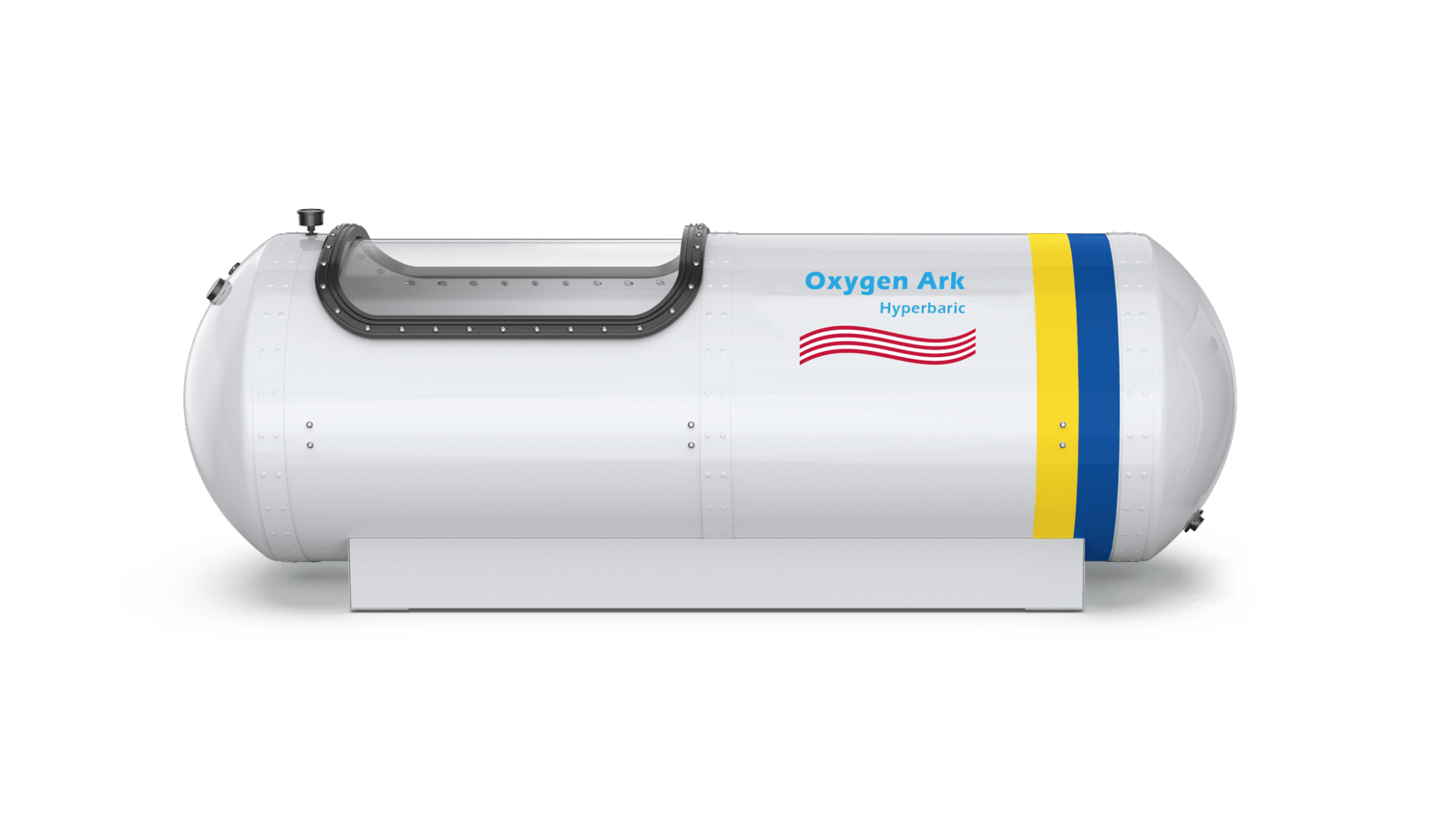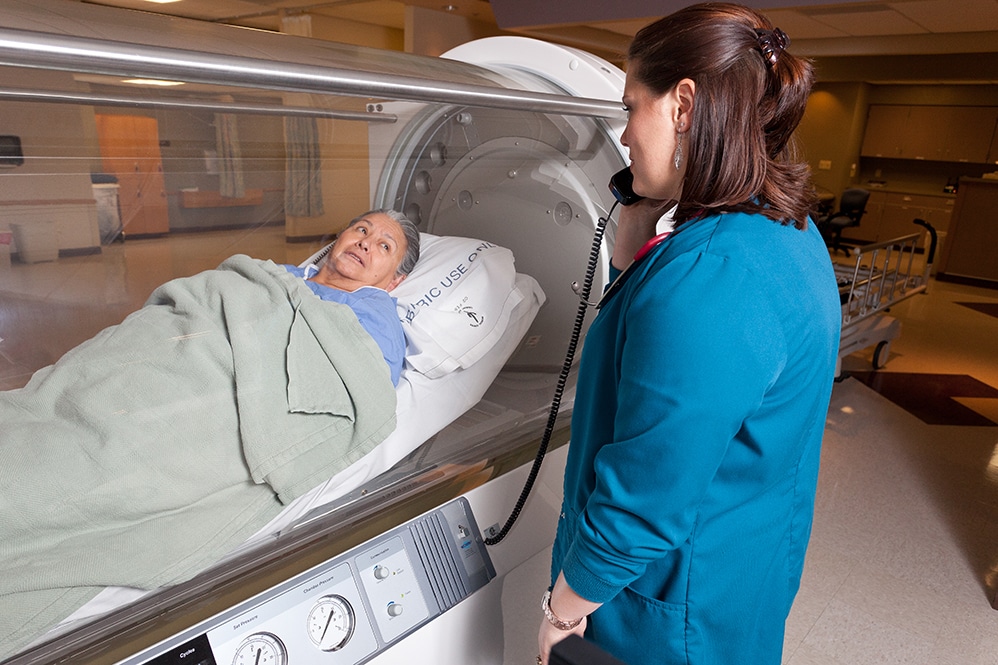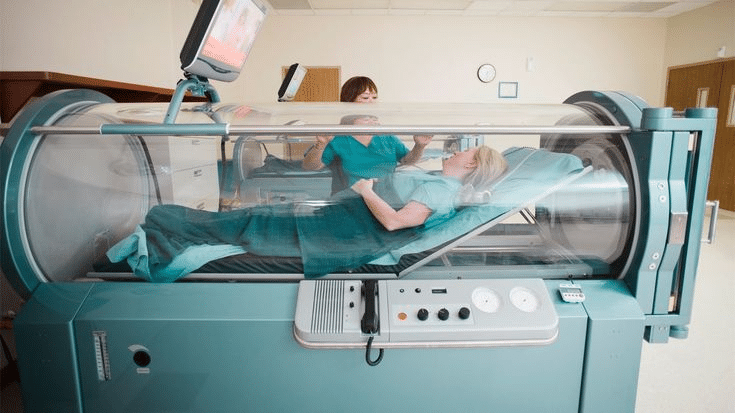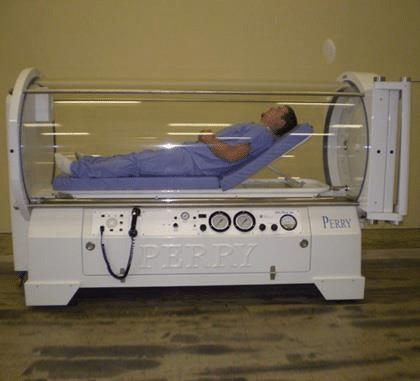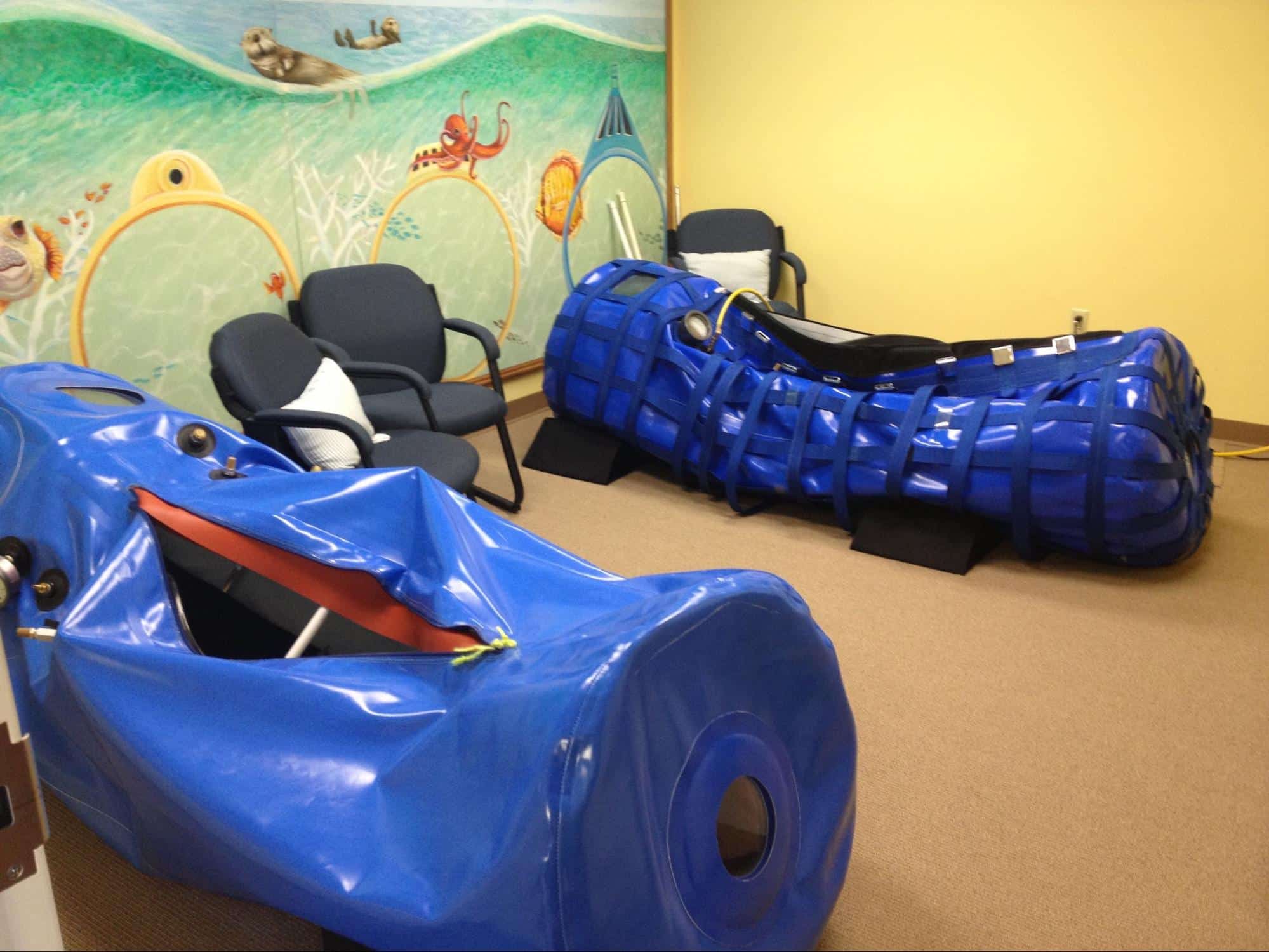Hyperbaric chambers are investigated to handle several health conditions such as anti-inflammation, neovascularization, anti-bacterial infections, improving the immune system, etc. However, some medical centers and individuals have yet to grab these devices’ uses and benefits. Let’s explore this further.
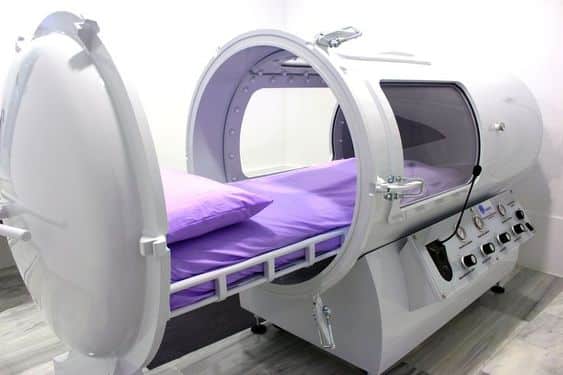
Image Source: Pinterest
Hyperbaric chambers are specialized devices that provide a controlled environment for patients to breathe pure oxygen at a higher pressure than atmospheric pressure. High-pressure oxygen therapy has been used for various medical conditions and has gained popularity recently.
Today’s global industry has several products that can confuse you about which brand to select. Interestingly, Oxygenark, a Chinese-based world-class leading brand, stands out. Our products are technically designed to meet customers’ specific needs, which makes them perfectly align with your business.
What is a Hyperbaric Chamber Used For?
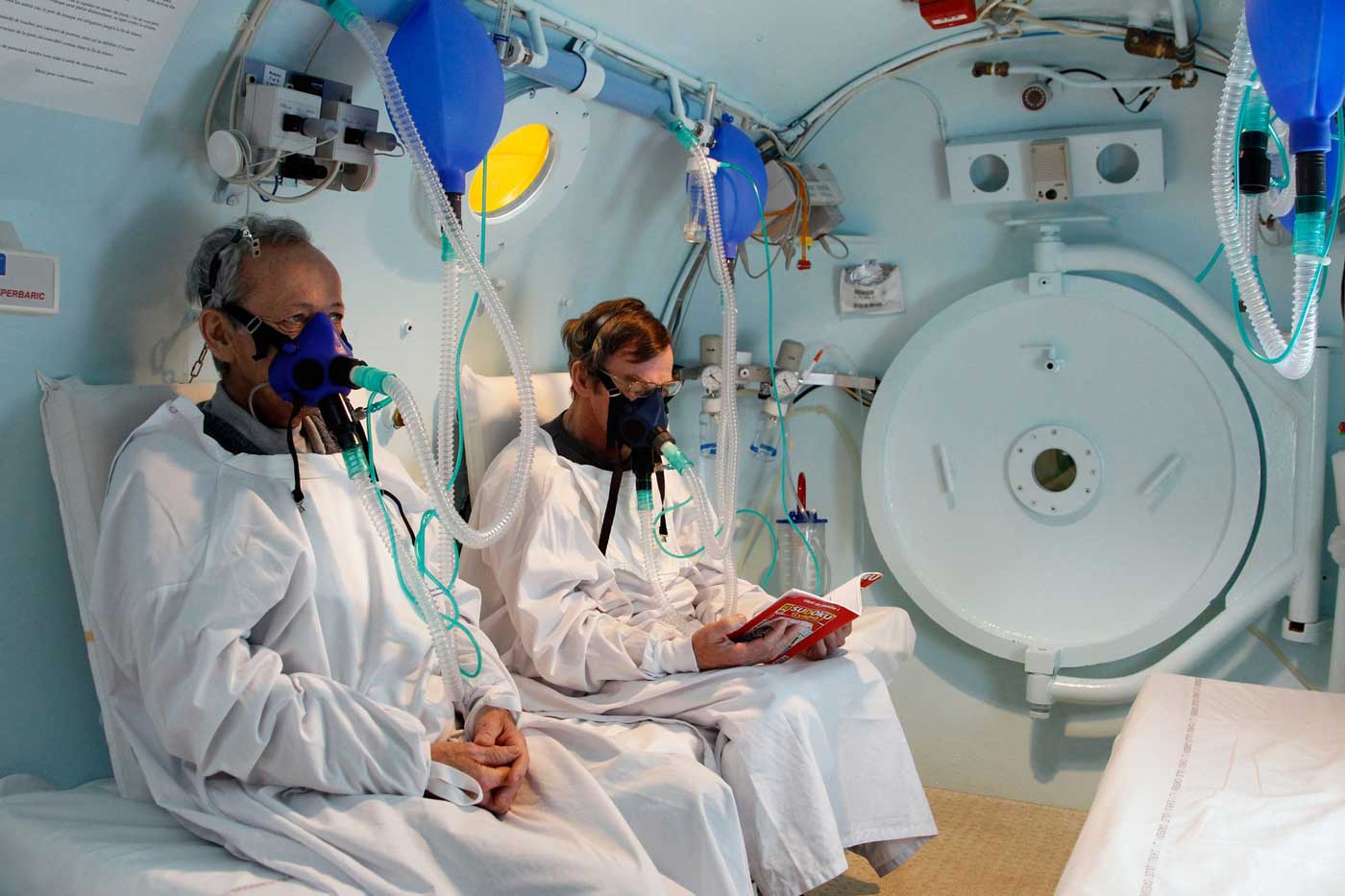
Image Source: Aalto Hyperbaric
A hyperbaric chamber is primarily used to treat conditions re00quiring high oxygen levels. The increased atmospheric pressure in the chamber allows more oxygen to dissolve in the body’s fluids, including the blood, plasma, and cerebrospinal fluid. This increased oxygen supply promotes the body’s natural healing process and can benefit a range of medical conditions.
What is Hyperbaric Oxygen Therapy (HBOT)?
Hyperbaric oxygen therapy is a medical treatment that involves breathing pure oxygen in a pressurized chamber. This therapy treats various medical conditions, such as decompression sickness, carbon monoxide poisoning, non-healing wounds, and radiation injuries.
What Medical Conditions Are Hyperbaric Chambers Used to Treat?
#1 Wound Healing
Hyperbaric oxygen therapy (HBOT) is widely used to treat chronic wounds that are slow to heal, such as diabetic foot ulcers, venous stasis ulcers, and pressure sores. The therapy involves exposing the wounded part to 100% oxygen at a higher pressure than normal.
Since wounds need enough oxygen to heal, exposure to oxygen at this level can help reduce inflammation, promote blood vessel growth, and stimulate new tissue growth.
#2 Carbon monoxide poisoning
Hyperbaric oxygen therapy is an effective treatment option for carbon monoxide poisoning. It helps to replace the carbon monoxide in the bloodstream with oxygen, preventing tissue damage and promoting healing. Oxygenark’s monoplace hyperbaric chamber provides a comfortable and relaxing environment for patients to heal and recover faster.
#3 Radiation injury
Radiation therapy, treated with hyperbaric oxygen therapy, can cause tissue damage and scarring. The therapy can help to reduce inflammation, improve blood flow, and promote tissue repair.
#4 Decompression Sickness
Decompression sickness is a condition that occurs when a person experiences a sudden pressure drop, such as when diving or flying. Hyperbaric oxygen therapy can help reduce the symptoms of decompression sickness by eliminating nitrogen bubbles in the bloodstream.
#5 Other Medical Conditions
In addition to these conditions, HBOT is also used to treat several other medical conditions, such as certain infections, skin grafts, and burns. It may also improve athletic performance and treat conditions like migraines and multiple sclerosis.
However, more research is necessary to confirm its effectiveness for these purposes.
What Are Oxygen Chambers Used For?
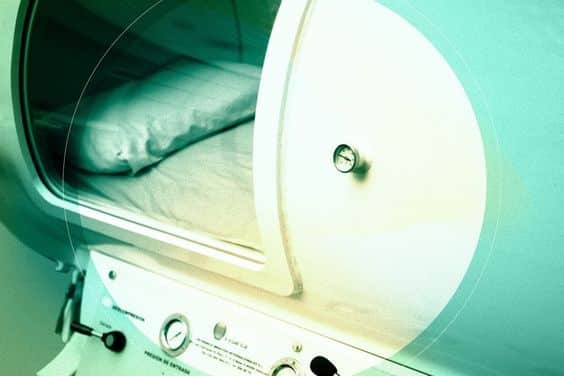
Image Source: Pinterest
Oxygen chambers, also known as normobaric oxygen chambers, are useful in several ways listed below;
- They provide a high oxygen concentration to patients without increasing the atmospheric pressure.
- They treat conditions requiring high oxygen levels, such as respiratory failure, pneumonia, and asthma.
- Oxygen chambers can also improve athletic performance by increasing the amount of oxygen available to the muscles during exercise.
What is a Bariatric Chamber Used For?
A bariatric chamber is a specialized hyperbaric chamber designed to accommodate patients who are overweight or obese. Bariatric chambers are larger and wider than standard hyperbaric chambers, allowing patients with a BMI of up to 35 to receive hyperbaric oxygen therapy.
What is Pet Oxygen Chamber Used For?
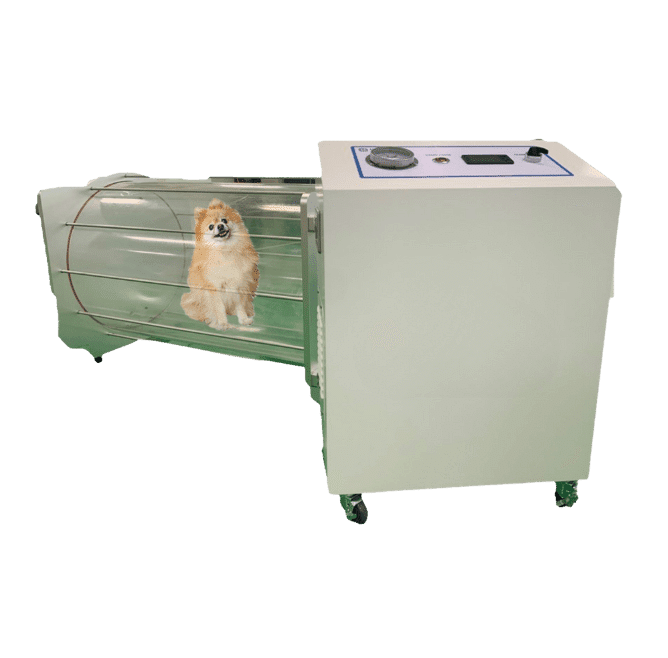
Image Source: Oxygen.com
Watching pets struggling with a degenerating health condition that seems not to be improving can be frustrating. And no matter the treatment you administer as a veterinary doctor, you can be overwhelmed.
The good news is that the pet oxygen chamber offers you the relief you seek. The pet oxygen chamber is designed for pets to speed up their healing process. Oxygenark pet chamber is specifically constructed to provide a high oxygen saturation level for pets, and it’s comfortable and spacious for all pets.
What is a Hyperbaric Chamber Used For in a Hospital?
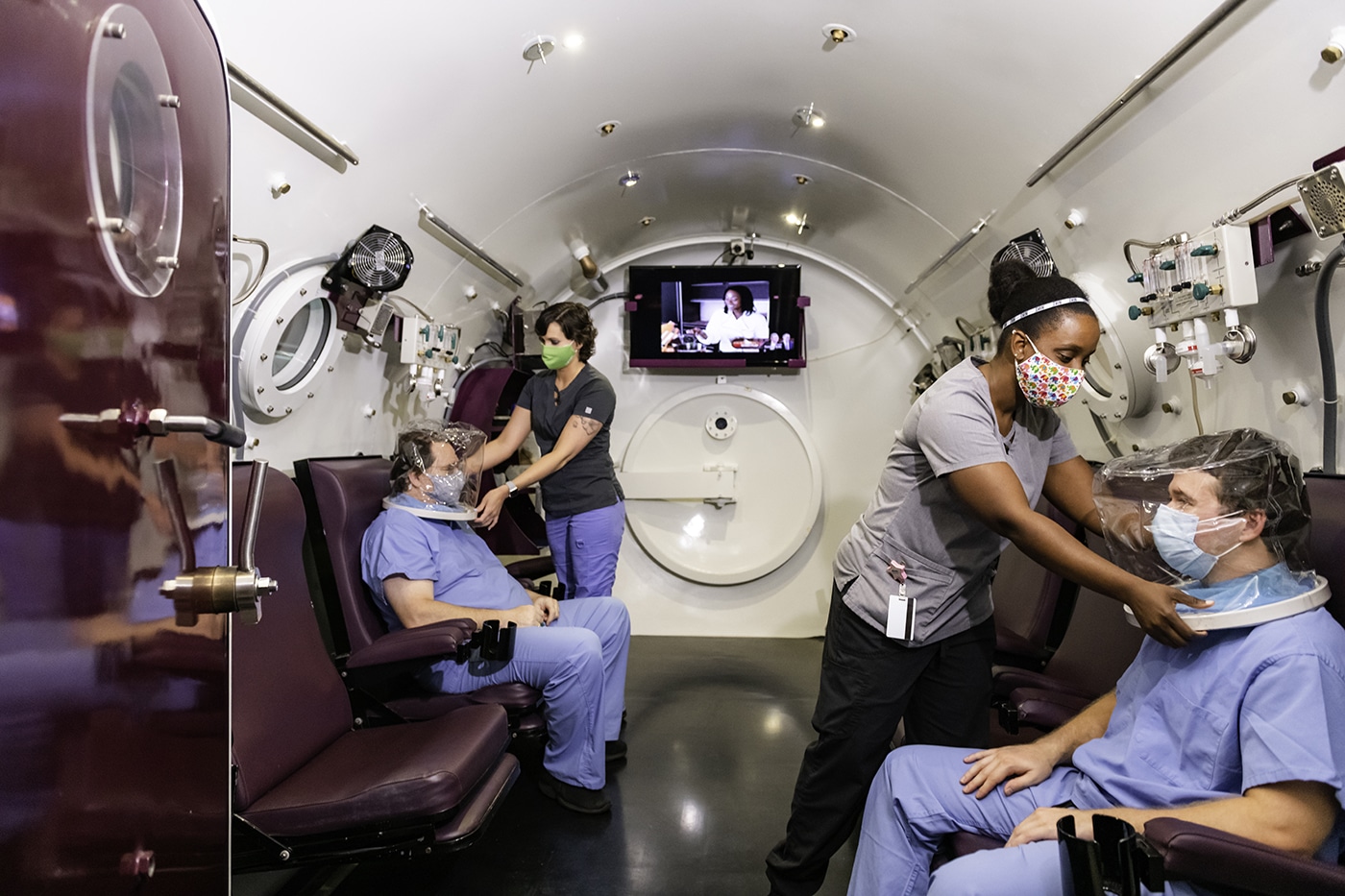
Image Source: hbomdga.com
Hyperbaric chambers are found in hospitals to treat various medical conditions, including those listed above. The chambers are typically located in a specialized hyperbaric medicine department, where patients can receive treatment under the supervision of trained medical staff.
A perfect example is the Oxygenark multiplace hyperbaric chamber, a digital pressure gauge that allows trained medical personnel to keep track of pressure inside the chamber. It is spacious enough to accommodate about 3 persons at a go.
What is Hyperbaric Oxygen Used For?
One form of treatment called hyperbaric oxygen therapy(HBOT) requires an individual to inhale pure oxygen in a pressurized chamber. The therapy can help to promote healing and improve the body’s natural ability to fight infections.
For instance, the Oxygenark portable hyperbaric chamber offers a comfortable bed for patients to lie on during the therapy while treating a range of medical conditions, including;
- Diabetic foot ulcers
- Radiation injury
- Carbon monoxide poisoning
- Skin grafts and flaps
- Bone infections
- Crush injuries
- .Non-healing wounds
How to Prepare for Hyperbaric Oxygen Therapy
Patients are exposed to a sealed transparent therapy chamber during hyperbaric oxygen treatment. Therefore safety is a priority for the healing process to run smoothly. Here’s a guide on how your patient can prepare for their hyperbaric oxygen treatment appointment.
#1 Food and Drink
Encourage your patient to eat a balanced, nutritious meal some hours before the therapy. Patients should stay hydrated throughout the day. Before the treatment, patients should stay off carbonated or alcoholic drinks.
Additionally, they should avoid smoking and any other tobacco drinks during the therapy because it interferes with the body’s ability to absorb and transport the inhaled oxygen, thereby nullifying the benefits of the therapy.
#2 Illness
Patients should immediately notify the therapist of any cold or flu-like symptoms before the commencement of the treatment, as this may interrupt the ability to undergo the treatment. They shouldn’t arrive sick at the hospital.
#3 Proper Body Care
Patients should shower and properly care for their bodies at home before the treatment. All forms of deodorant, perfumes, wigs, and jewelry should be kept at home. At the same time, natural hair should be kept as clean as possible before therapy.
Note: Hyperbaric oxygen treatment lasts about 60 minutes to 2 hours. Hence, it is recommended that patients take the therapy for an extended time. Multiple sessions are needed before they start seeing significant results.
Disadvantages of Hyperbaric Oxygen Therapy
Thus far, we’ve discussed the advantages of hyperbaric oxygen therapy. Although the therapy comes with rare complications; however, there’re some risks associated with the treatment such as ear pain, sinus congestion, and vision changes. Potential risks include;
- It leads to temporary nearsightedness (myopic) due to temporary eye lens changes.
- Collapsed lungs due to air pressure changes, which is called barotrauma.
- Too much oxygen in the eyes could lead to seizures. This condition, called oxygen toxicity, occurs in the nervous system.
- Air pressure changes could lead to middle ear injuries, including leaking fluid and eardrum rupture.
Hyperbaric Oxygen Therapy: What’s Next After Treatment?
After the treatment, some patients ask, “what is next?” As trained medical personnel, the next thing is to cross-examine your patient for any treatment concerns they may have. Check out these post-treatment investigations to carry out on your patient.
- Examine their eyes, blood pressure, and pulse to ensure everything is fine.
- For diabetic patients, check their blood sugar levels.
Once all is fine, you can discharge your patient and ask them to leave while they continue their normal activities.
Conclusion
It is important to note that a trained healthcare provider should only administer HBOT after a thorough evaluation to determine if it is appropriate for the patient’s condition. While HBOT is generally considered safe, it can have risks and side effects. It would be best to educate your patient about these risk factors.

